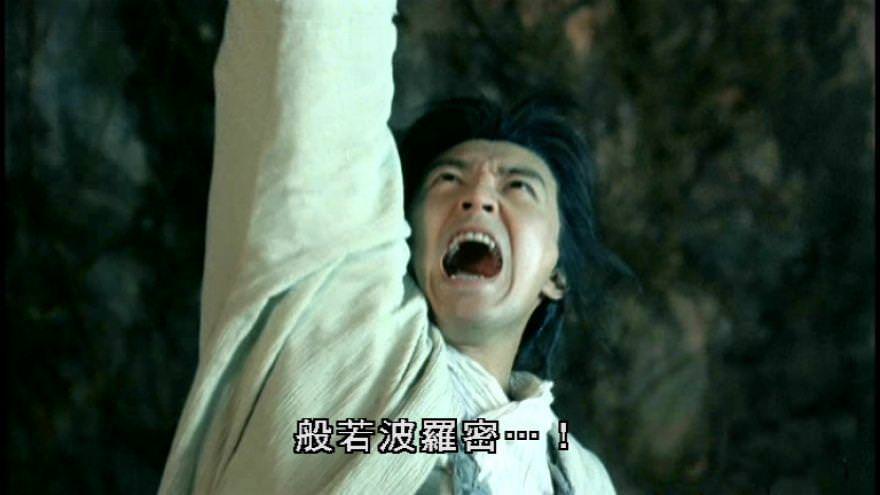Puranic Cosmology of the Ancient Indians
The Judeo-Christian time scale as computed by James Ussher in 1650, that the universe was created single-handedly by Yahweh in October 23, 4004 BC (proleptic Julian calendar), is rather simple if you were to put it side by side with the Puranic model conceived by the ancient Indians. The Puranic model of time assumes that the world goes through a manvantara cycle of four yugas or ages, namely, the Krta yuga, the Tretā yuga, the Dvāpara yuga, and the Kali yuga.
The durations of the four yugas is carefully chosen by the ancient Indians so that (a) they form an arithmetic progression; (b) they sum to a multiple of ten; (c) their arithmetic sum is 4.32 million years.
Furthermore, the model also assumes the following conversion factors for dealing with longer time span,
1. 1,000 manvantara cycles is equivalent to one Brahmā day (approx. 4.32 billion years);
2. The next 1,000 manvantara cycles is equivalent to one Brahma night;
3. One Brahma day and one Brahma night is equivalent to one Kalpa (approx. 8.64 billion years)
Surprisingly enough, the value of one Brahma day (or night) is very close to the present estimate of the age of the Earth (4.54 billion years), and that the value of one Kalpa is very close to the present estimate for the age of the solar system (10 billion years).
The ancient Indians were moral absolutists and they assumes that the world moves from the beginning of the Krta yuga (morality = 1) to a progressively more morally degenerate periods until the end of the Kali yuga (morality = 0). The rate of moral degeneration is not explicitly formulated by the Indians, and for computational purposes, we may assume that the morality degenerates linearly with respect to time (model I), or that the inter-yuga morality difference is constant (model II).
The present Kali yuga began with the Mahabhrata war (traditionally dated to 3102 BCE), thus we are currently near the beginning of the Dark Age according to the Puranic time scale.
The durations of the four yugas is carefully chosen by the ancient Indians so that (a) they form an arithmetic progression; (b) they sum to a multiple of ten; (c) their arithmetic sum is 4.32 million years.
Furthermore, the model also assumes the following conversion factors for dealing with longer time span,
1. 1,000 manvantara cycles is equivalent to one Brahmā day (approx. 4.32 billion years);
2. The next 1,000 manvantara cycles is equivalent to one Brahma night;
3. One Brahma day and one Brahma night is equivalent to one Kalpa (approx. 8.64 billion years)
Surprisingly enough, the value of one Brahma day (or night) is very close to the present estimate of the age of the Earth (4.54 billion years), and that the value of one Kalpa is very close to the present estimate for the age of the solar system (10 billion years).
The ancient Indians were moral absolutists and they assumes that the world moves from the beginning of the Krta yuga (morality = 1) to a progressively more morally degenerate periods until the end of the Kali yuga (morality = 0). The rate of moral degeneration is not explicitly formulated by the Indians, and for computational purposes, we may assume that the morality degenerates linearly with respect to time (model I), or that the inter-yuga morality difference is constant (model II).
The present Kali yuga began with the Mahabhrata war (traditionally dated to 3102 BCE), thus we are currently near the beginning of the Dark Age according to the Puranic time scale.








Comments